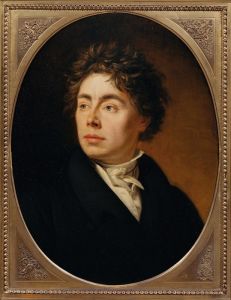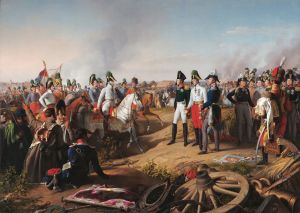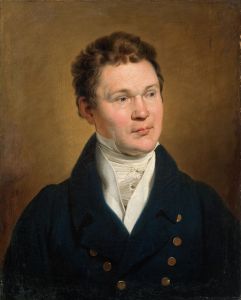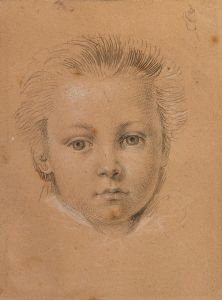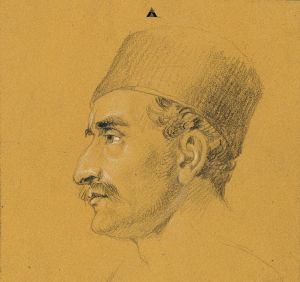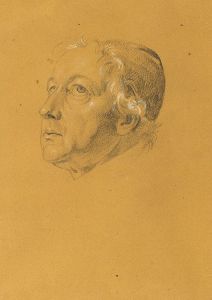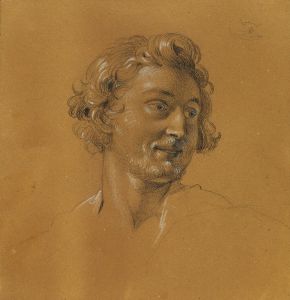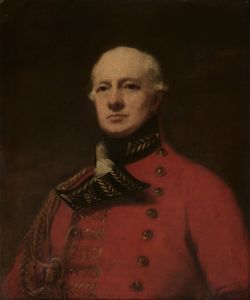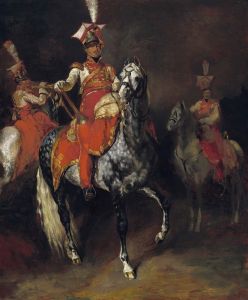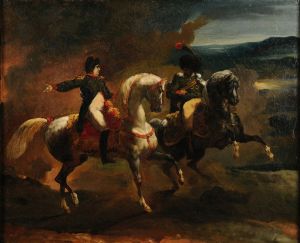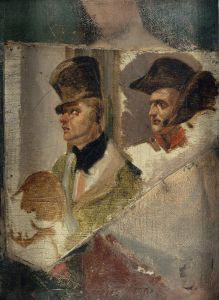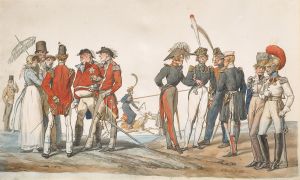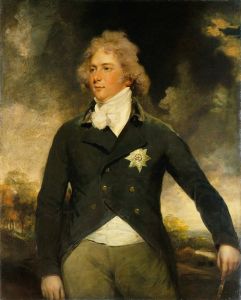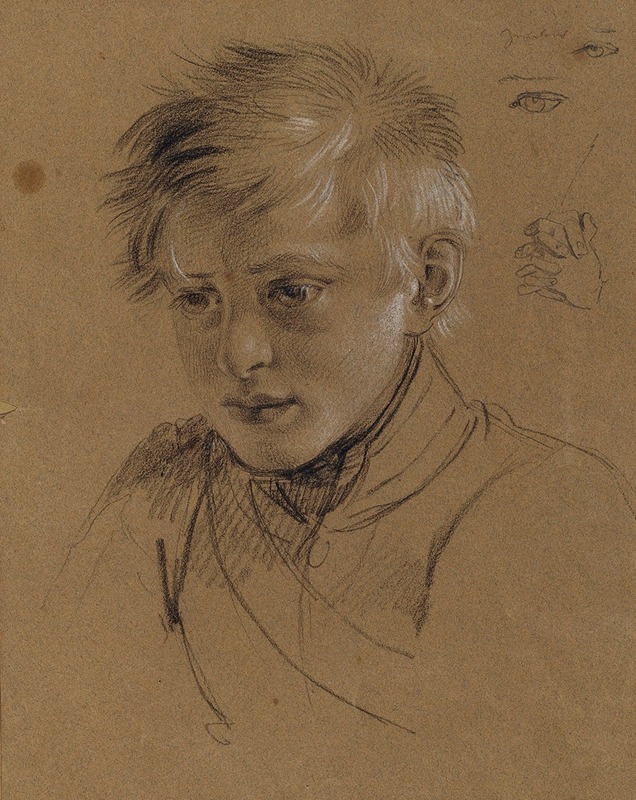
Porträtstudie zu ‘Erzherzog Karl mit seinem Stab in der Schlacht bei Aspern’
A hand-painted replica of Johann Peter Krafft’s masterpiece Porträtstudie zu ‘Erzherzog Karl mit seinem Stab in der Schlacht bei Aspern’, meticulously crafted by professional artists to capture the true essence of the original. Each piece is created with museum-quality canvas and rare mineral pigments, carefully painted by experienced artists with delicate brushstrokes and rich, layered colors to perfectly recreate the texture of the original artwork. Unlike machine-printed reproductions, this hand-painted version brings the painting to life, infused with the artist’s emotions and skill in every stroke. Whether for personal collection or home decoration, it instantly elevates the artistic atmosphere of any space.
Johann Peter Krafft was an Austrian painter known for his historical and genre scenes, and one of his notable works is the "Porträtstudie zu ‘Erzherzog Karl mit seinem Stab in der Schlacht bei Aspern’" (Portrait Study for 'Archduke Charles with his Staff in the Battle of Aspern'). This painting is a preparatory study for a larger work that depicts Archduke Charles of Austria, a prominent military leader, during the Battle of Aspern-Essling, which took place on May 21-22, 1809.
The Battle of Aspern-Essling was a significant conflict during the Napoleonic Wars, where the Austrian army, led by Archduke Charles, faced the forces of Napoleon Bonaparte. This battle was notable as it marked the first major defeat for Napoleon, who had been undefeated in battle for over a decade. The Austrian victory at Aspern-Essling was a morale booster for the coalition forces opposing Napoleon, although the strategic outcome of the war remained unchanged in the long term.
Krafft's study captures the essence of leadership and determination embodied by Archduke Charles. In the painting, Charles is depicted with his staff, exuding a sense of command and control amidst the chaos of battle. The study likely served as a preliminary exploration of composition, character placement, and emotional tone for the final painting. Krafft's attention to detail and his ability to convey the gravity of the historical moment are evident in this work.
Johann Peter Krafft was born on September 15, 1780, in Hanau, Germany, and later moved to Vienna, where he became a prominent figure in the Austrian art scene. He studied at the Academy of Fine Arts in Vienna and was influenced by the neoclassical style, which is reflected in his precise and realistic portrayals of historical events. Krafft's works often focused on themes of heroism, patriotism, and the human experience within the context of historical narratives.
The "Porträtstudie zu ‘Erzherzog Karl mit seinem Stab in der Schlacht bei Aspern’" is an example of Krafft's dedication to historical accuracy and his skill in capturing the spirit of the times. His paintings were well-received during his lifetime, and he held several prestigious positions, including that of a court painter. Krafft's contributions to art were recognized with numerous awards, and his works continue to be studied for their historical and artistic significance.
While the preparatory study itself may not be as widely known as the completed works, it provides valuable insight into Krafft's artistic process and his approach to depicting historical figures and events. The study is a testament to his ability to convey complex narratives through the medium of painting, and it remains an important piece for understanding the broader context of his oeuvre and the historical period he portrayed.
Overall, Johann Peter Krafft's "Porträtstudie zu ‘Erzherzog Karl mit seinem Stab in der Schlacht bei Aspern’" is a significant work that reflects the artist's mastery of historical painting and his contribution to the visual documentation of Austria's military history.






